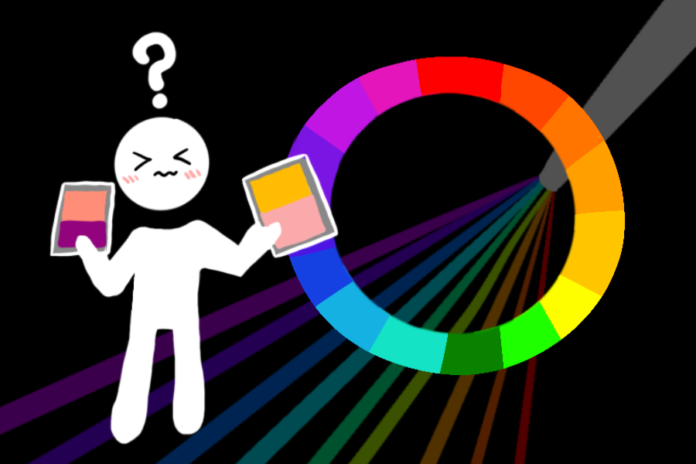How you can utilize knowledge of color for your benefit
By MAYA KORNYEYEVA — mkornyeyeva@ucdavis.edu
Colors are all around you. From the blue of the sky to the green of the trees to the beige gray of the asphalt, your eyes perceive millions of colors in every moment. However, colors are not just something to look at — they can also have a substantial impact on emotion and mood.
Color psychology is a field of research that is widely studied by a variety of departments, including design, marketing, film, psychology, architecture and more. Whether it is deciding what color to paint the walls in a restaurant or which shade of red to use for a new line of shoes, color choice and its effects have the potential to greatly impact daily life.
Interior decorating is one of the most recognizable uses of color. According to research published in the National Center of Biotechnology Information, each color has a distinct effect on mood and behavior. Red is associated with anger, passion and love, yellow symbolizes joy and hope, while blue represents both calmness and sadness. Lavender shades of purple are soothing and gentle and are often chosen for home spaces or businesses that specialize in products for sleep and self-care. White walls are chosen to make a space appear brighter and larger, while black is used to do the opposite.
Have you ever noticed that fast-food restaurants use bold colors and logos? The reason has to do with the way certain colors attract our attention or influence our actions. Warm reds, oranges and yellows often stimulate our senses and draw our eyes, while also increasing our productivity and speed. In this way, fast food places draw us in and encourage us to grab our food and go, or otherwise eat fast and leave.
Cinematography also often uses color strategically to make us feel different emotions. Consider the classic Pixar movie “Up.” At the beginning of the film, the main character, Carl Fredrickson, spends a happy life with his wife, Ellie, before her untimely death. The animators chose a set of bright pastel pinks, greens, blues and yellows to depict Carl and Ellie’s adventures and fond memories, then abruptly switch to dark grays and blacks when the story takes a turn, following Ellie’s hospitalization and later, Carl’s grief after losing his wife. Such a drastic tone switch corresponds directly with the feelings of sadness, pity and empathy the animators hope the story will evoke for viewers — watching that section of “Up” always brings tears to my eyes.
So why does understanding and recognizing color psychology matter? As a college student, there are a few areas where color theory can prove useful.
For one, clothing is a means of expression that relies heavily on color and can be used to strategically present yourself to a target audience. When going in for a job interview, colors that are proven to present best are black, gray, blue and white. These all act as neutral colors that paint the wearer as someone that is trustworthy, organized and analytical. Also, not wearing too many colors can help your interviewer maintain focus. Red is a color that can make someone appear more attractive or romantic on a date, but it can be jarring or over-energetic in a professional setting.
From an academic perspective, color coding is a great study tool that can be used to organize and remember various concepts. Highlighting in bright colors puts emphasis on key phrases while organizing chapters or topics by color can make it easier to find specific details.
Finally, as college students, studying and preparing for exams is a large part of our lives. Choosing study spaces with certain colors like green — which represents life and energy — and blue can help you stay focused and productive. Pink has also been proven as a calming color, so studying in a space with pink walls or decor can potentially ease feelings of frustration.
With all these in mind, being a color-theory wizard is not such a distant dream. Paying attention to the slight subtleties of the color schemes you encounter in your day-to-day life can serve to benefit your understanding of the world around you and the way color performs certain essential functions within it.
Written by: Maya Kornyeyeva — mkornyeyeva@ucdavis.edu
Disclaimer: The views and opinions expressed by individual columnists belong to the columnists alone and do not necessarily indicate the views and opinions held by The California Aggie.




